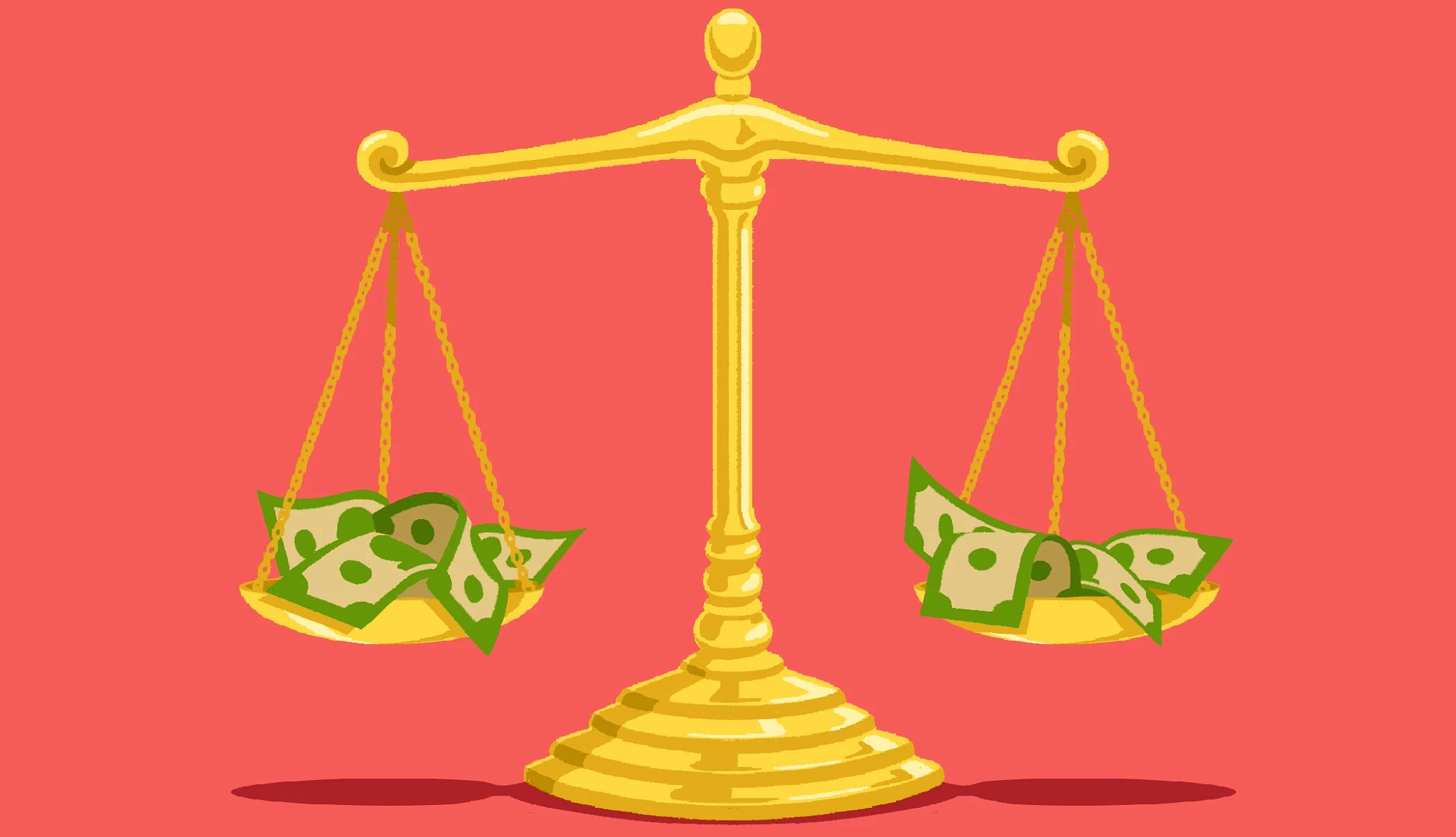AARP Hearing Center
Investment Returns Calculator
See how much your investments could be worth
Change the information currently provided in the calculator to match your personal information and view your results.
AARP Tools & Calculators for Your Life
Free tools to help you better manage your finances, your health, caring for a loved one and planning for retirement.
There are many places to invest your money, but typical asset classes within a portfolio include stocks, bonds, cash equivalents (like money market funds) and alternatives (like real estate or gold). Each asset class offers different levels of returns, as well as different levels of risk. And, of course, past performance doesn’t guarantee future returns.
Your returns depend, in part, on when you start investing. An investment held for more than one year is considered long-term, and below that is classified as short-term.
Remember that in any given year, investment performance can vary widely. For instance, 2024’s stock performance (up 23 percent) was very different from 2022’s, where stock values fell around 19.5 percent. Similarly, bond market performance can vary significantly from year to year, although typically not as much as stocks. Historically, stocks have returned much more than bonds and cash over the long term.
You may find historical averages helpful when estimating how much you might earn on your investments. As the Securities and Exchange Commission (SEC) is fond of warning us, past performance is not an indicator of future returns.
Nevertheless, the long-term returns for stocks, bonds and cash show us how they've performed historically. According to Morningstar, over the past 49 years large company stocks have returned 11.92 percent in the S&P 500, bonds have produced 6.5 percent returns and cash has yielded 4.07 percent.
Rising prices are the archenemy of retirees: Every year, things get a bit more expensive, but money earned from your investments can sometimes lag. (In some years, goods and services can become a lot more expensive due to inflation.)
The Federal Reserve’s target annual inflation rate is 2 percent, but the U.S. inflation rate can vary widely from year to year. For example, the annual inflation rate in 2022 was 6.5 percent, according to the Bureau of Labor Statistics’ Consumer Price Index (CPI), the government’s main gauge of inflation. In 2023, it dropped to 3.4 percent. Some people prefer to see their investment returns on an inflation-adjusted basis, known as the real return. Inflation has run about 3.03 percent annually over the past decade, and the S&P 500 index has gained about 13.78 percent per year. If you had invested in the S&P 500, your real return over the past 10 years has been about 10.75 percent a year.
Income-oriented investors appreciate the money stream generated by stocks and bonds. Many companies offer dividends to shareholders, cutting investors quarterly checks. Bond holders receive interest payments (although some bonds pay interest only after the bond matures).
If you own stocks or bonds within a fund, the fund manager will typically reinvest those dividends and interest. Don’t overlook the impact of reinvested dividends on your return. Since 1926, reinvested dividends have accounted for approximately 32 percent of the S&P 500’s return, according to a September 2023 S&P report. The S&P 500 has gained 185.7 percent in the past decade. For bonds, which are interest-bearing securities, reinvested interest accounts for an even larger chunk of your total returns.
Make sure that when you compare two investments, you’re not comparing apples to oranges. For example, the risk-and-return profiles of stocks, bonds and cash are very different: Higher potential returns, such as with equities, typically come with higher risk. In the same way, holding an individual stock is riskier than a mutual fund or an exchange-traded fund, which contains a large basket of stocks.
Even within the bond world, there is a wide variety of offerings (and risk): Everything from government Treasuries to corporate bonds to high-yield to international. A balanced portfolio contains a mixture of asset classes, each with their own risk and return profile. Your portfolio’s allocation will depend on your investment goals and appetite for risk.
Explore Money Articles
Recommended for You
Explore AARP Tools & Calculators


AARP Membership — $15 for your first year when you sign up for Automatic Renewal
Get instant access to members-only products and hundreds of discounts, a free second membership, and a subscription to AARP the Magazine.








































































